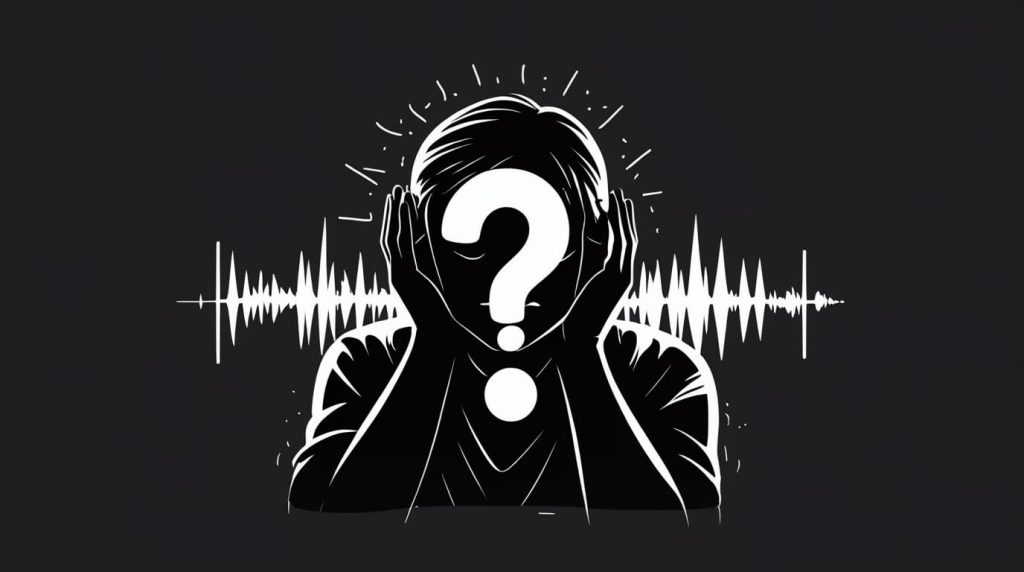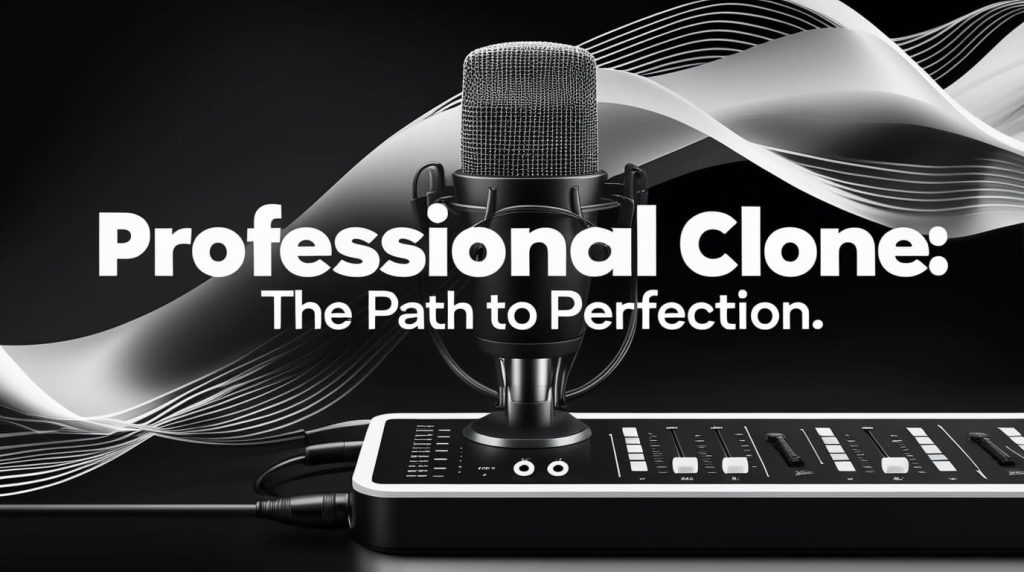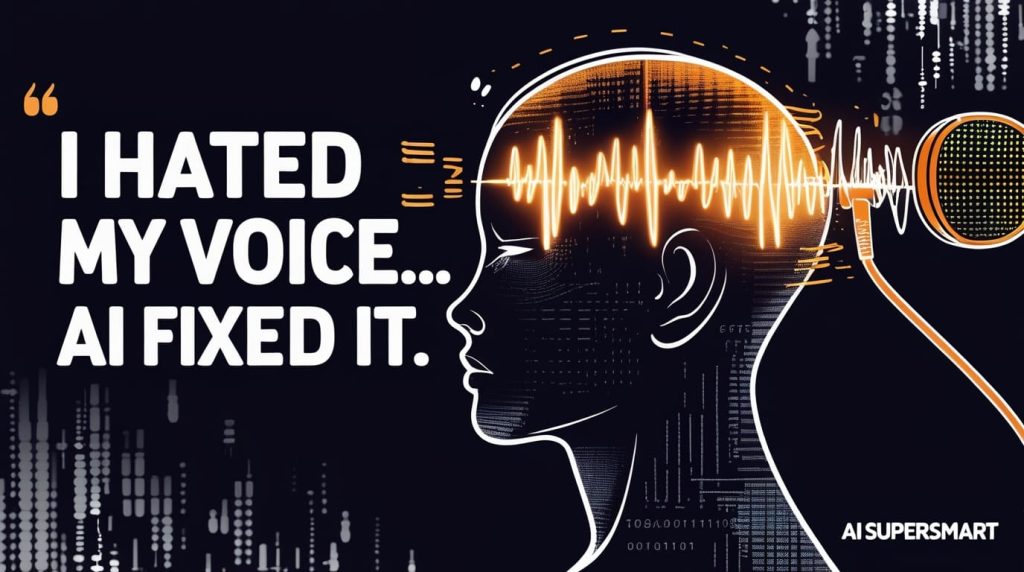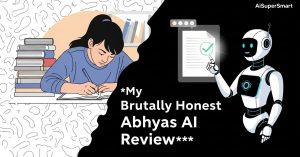If you’ve ever cringed hearing your own recorded voice, or dreamed of creating professional voiceovers without hours in a sound booth, then you get me. I used to dread recording anything because, let’s be honest, I just didn’t like how my voice sounded on playback. It was a constant source of frustration. But then, I dove headfirst into the world of AI voice cloning, and it totally changed my game.
Here’s the bottom line upfront:
- Best for Quality & Ease (Cloud): ElevenLabs (Professional Voice Cloning)
- Best for Quick Starts (Cloud): ElevenLabs (Instant Voice Cloning)
- My Key Tip: Record at least 5 minutes of diverse, spotlessly clean audio in a quiet room for best results, even for “instant” clones. Quality input is EVERYTHING for a natural clone.
Table of Contents
ToggleMy Voice-Hate Journey: Why I Finally Turned to AI
For years, creating video tutorials, podcast intros, or even just narrating my presentations was a nightmare. I’d record, listen back, and immediately feel that familiar cringe. My voice felt thin, or too nasally, or just… not professional enough. I tried different mics, practiced vocal exercises, but the self-consciousness never really went away. The endless retakes ate up so much time.

I was honestly at my wit’s end. Then, I started seeing the hype around AI voice cloning. Could an AI really take my voice, fix its “flaws,” and give me a version I’d actually be proud to use? I had to find out.
AI Voice Cloning 101: What It Actually Is (and Isn’t)
At its core, AI voice cloning is the process of creating a digital replica of your unique vocal characteristics. Think of it as teaching a computer to speak exactly like you, including your tone, pitch, and cadence. It uses advanced machine learning to analyze your speech patterns from audio samples and then synthesizes new speech from text in that learned voice. It’s pretty wild.
It’s important to differentiate this from “deepfakes.” While the underlying tech can be similar, responsible AI voice cloning platforms focus on ethical use, often requiring explicit consent and verifying that you own the voice you’re cloning. I definitely made sure to read ElevenLabs‘ terms about this; it’s a non-negotiable for me.
Related Posts
- InteriorAI
- Chinese Tech Giant Tencent Shakes Up AI Race: Partners with Rising Star DeepSeek for Weixin Search Revolution
- AI Art Generator by Stylar
- Star Explosions Decoded! Chinese Scientists’ New AI ‘FLARE’ Could Reveal Alien Worlds – You Won’t Believe What’s Next!
- Military Experts React as Middle East Erupts and Students Turn to AI for Survival
Generally, there are two main approaches you’ll encounter:
- Instant Voice Cloning (IVC): Requires minimal audio (often 1-5 minutes) for a quick, functional clone.
- Professional/Custom Voice Cloning (PVC): Demands significantly more audio (30 minutes to several hours) for a highly nuanced, extremely natural-sounding replica.
Choosing My Weapon: Selecting the Right AI Voice Cloning Tool
When I decided to tackle this, I looked at a bunch of tools. Some promised “3-second cloning,” others had crazy long lists of features.
Why I Chose ElevenLabs for My Experiment (and Why You Might Too)
After digging through Reddit threads, YouTube tutorials, and various reviews, ElevenLabs kept coming up as the gold standard for natural-sounding AI voices. People consistently praised its realism and expressiveness. For my goal of professional voiceovers, quality was paramount, so I decided to focus my hands-on efforts there. It’s also incredibly user-friendly, which was a huge plus for me.

A Quick Look at Other Options I Considered (and Why I Didn’t Deep Dive Them Here)
I briefly checked out other commercial options like Speechify, Murf AI, and LALAL.AI. They all offer voice cloning, but ElevenLabs seemed to have the edge in terms of “human-like” quality that I was chasing.
For the more technically inclined, I also saw discussions around open-source tools like RVC (Retrieval-based Voice Conversion), Applio, and XTTS from Coqui TTS. These can deliver amazing results and run locally on your machine, but they often require an Nvidia GPU, command-line fiddling, and a much steeper learning curve. For this guide, I wanted to stick to a cloud-based solution that most people could realistically use without needing to be a developer.
The “Instant Clone” Experiment: My First Foray with ElevenLabs
My first step into AI voice cloning was with ElevenLabs’ Instant Voice Cloning (IVC). It seemed like the easiest way to dip my toes in the water.
Getting Started: The Minimal Requirements I Faced
Signing up for ElevenLabs was super easy. They often have a generous free tier or a cheap starter plan ($1 for the first month when I joined!), which was perfect for testing. For Instant Voice Cloning, the platform states you only need 1 to 2 minutes of clear audio. This sounded pretty manageable, right?
My First Recording: The “Good Enough” Attempt (Spoiler: It Wasn’t)
I grabbed my phone, found a relatively quiet corner, and recorded myself reading some random sentences for about 90 seconds. I thought, “Hey, it’s ‘clear enough,’ no loud music or anything.” I was feeling pretty confident.
The Moment of Truth: What My Instant Clone Sounded Like (and Its Glaring Flaws)
I uploaded my audio, named my voice, and within a minute, my “instant clone” was ready. I typed in a test script, clicked “Generate,” and… my heart sank.
The voice did sound like me, but it was flat, robotic, and lacked any natural emotional nuance. It sounded like a computer trying to mimic a human, not a genuine replica. My biggest frustration was how monotonous it was.
(Conceptual: Imagine an audio player here with a short clip like: “Hello. This. Is. My. AI. Cloned. Voice. It. Sounds. A. Bit. Robotic. Doesn’t. It?”)
I tried fiddling with the Stability, Clarity, and Style Exaggeration sliders in the voice settings. A bit more clarity, a touch less stability… but nothing really made it sound genuinely human. It was better than nothing, sure, but miles away from the “professional narration” I was dreaming of. The problem wasn’t the sliders; it was the input.
Leveling Up: My Deep Dive into Professional Voice Cloning for Real Results
That first attempt taught me a crucial lesson: “Good enough” audio input is simply not good enough for truly professional results. If you hate your voice for voiceovers, you want an AI that improves on it, not just replicates its basic sound with a robotic filter. This is where ElevenLabs’ Professional Voice Cloning (PVC) came into play.

The “Minimum 30 Minutes” Challenge: How I Finally Prepped My Audio (The Game Changer)
The PVC option requires a minimum of 30 minutes of high-quality, clean audio, with 3 hours being optimal. This sounded daunting, but I knew this was where the magic happened. This time, I went all in.
Here’s my setup and strategy that finally worked:
- Dedicated Microphone & Quiet Room: I used my basic USB condenser microphone (nothing fancy, but better than a phone) with a pop filter. Most importantly, I recorded in my closet, which is surprisingly good for dampening echoes and external noise.
- Spotlessly Clean Audio: Before recording, I ensured there was absolutely no background noise – no fan, no fridge hum, no street sounds. This is critical. “Garbage in, garbage out” has never been more true than with AI voice cloning.
- Diverse Content & Consistent Delivery: I recorded myself reading various articles, telling short stories, and even just improvising some thoughts. The key was to vary my pitch, pace, and emotional tone slightly throughout the 30+ minutes, but maintain a consistent speaking volume. This helps the AI learn the full range of your vocal characteristics, not just a monotone version.
The Upload & Verification Gauntlet: Patience is a Virtue
With my pristine audio files ready (I broke the 30 minutes into several smaller files), I initiated the Professional Voice Cloning process.
- Uploading: I uploaded all my segments. The interface was straightforward.
- Real-time Verification: ElevenLabs then had me read a specific, randomly generated script out loud in real time. This is their way of verifying that I am the owner of the voice I’m cloning and that I consent to its use. This step is super important for ethical AI use.
- The Wait: After submitting, my voice clone entered a “cued” status. This isn’t “instant” anymore. It took several days for the model to be fully trained and processed. Patience was definitely a virtue here!
Fine-Tuning My AI Voice: Dialing in the Human Touch for Perfection
When I finally got the notification that my professional voice clone was ready, I was excited but cautious. Would it actually be good?
I navigated back to the voice settings, selected my new professional clone, and started experimenting. This is where the Stability, Clarity, and Style Exaggeration sliders became incredibly powerful.
- Stability: This controls how consistent the voice is. Too high, and it can sound monotonous; too low, and it might “drift” or become overly expressive in an unnatural way.
- Clarity: This adjusts how well the voice cuts through. Higher clarity can make it sound crisper but sometimes artificial.
- Style Exaggeration: This is where you can dial in how much “character” or emotion the AI infuses. Too much, and it’s over-the-top; too little, and it’s flat.
My “aha!” moment came after playing with these sliders for about 20 minutes. I found a sweet spot where my cloned voice sounded indistinguishable from my own, but with a consistent, clear, and perfectly modulated tone. It sounded like me, but a version of me after a perfect night’s sleep and years of voice coaching. It was incredible!
(Conceptual: Imagine an audio player here with a short clip like: “Welcome to my content. I’m excited to share this with you. This is my AI voice, and I think it sounds pretty great!”)
This was it. I had achieved the professional narration I wanted, generated from text, in my own voice.
Common Mistakes I Made (So You Don’t Have To)
My journey wasn’t flawless, and I learned some painful lessons. Here are the common mistakes I made, so you can avoid them:

- Using Noisy or Echoey Audio (Even “Slightly”): I thought my initial phone recording was “good enough.” It wasn’t. Even a subtle fan hum or room echo will be baked into your AI voice, making it sound artificial. Invest in a quiet space and a decent mic.
- Not Providing Enough Diverse Samples: A short, monotone sample gives the AI very little to work with. It needs to hear your full vocal range, different inflections, and varying paces to create a truly flexible and natural model.
- Ignoring the Voice Settings Sliders: These aren’t just for show! They are powerful tools for refining your cloned voice. Don’t set them and forget them; experiment!
- Expecting Instant Perfection from Instant Cloning: While convenient, instant cloning is a basic replica. For professional, natural results, the investment in a professional cloning process (like ElevenLabs PVC) is worth it.
- Not Reading the Consent/Terms: Before uploading your voice, always read the terms of service. Understand how the platform might use your voice data. ElevenLabs has explicit terms, and verifying your identity is part of that.
The Bottom Line: Is AI Voice Cloning Right For You?
For me, it’s a resounding yes.
It’s been an absolute game-changer for my content creation. I can now generate high-quality voiceovers in a fraction of the time, knowing they’ll sound consistent, professional, and authentically me (or at least, the better-sounding AI version of me!). It solved my self-consciousness problem and boosted my production speed.
However, it might not be for everyone:
- Worth it if: You frequently create voice-driven content, hate your recorded voice, need consistent quality, or want to save significant time on recording and editing.
- Might not be worth it if: You only need a voiceover once in a blue moon, your budget is extremely tight (as professional cloning often involves paid tiers), or you have specific ethical concerns about synthetic voice technology.
My Final Verdict & Your Turn
So, what’s the bottom line? If you’re like me and have struggled with your voice for voiceovers, AI voice cloning is a powerful solution. My journey with ElevenLabs, especially its Professional Voice Cloning, turned my voice-dreading days into efficient, high-quality audio production. It requires patience and attention to detail, particularly with your input audio, but the results are genuinely impressive.
What tools have you tried for voice cloning? Share your results and challenges in the comments below! 🙂





